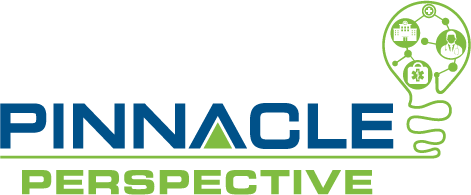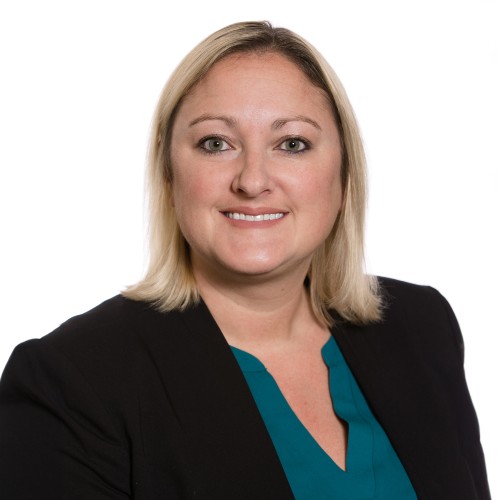

COVID-19 public health emergency (PHE) ended on May 11, 2023.
Medicare’s coverage of telehealth for outpatient services will be extended through the end of 2024. Patients may continue to receive telehealth services no matter where they are in the United States and may receive services in their home rather than going to the health care facility. Although private insurance often follows Medicare’s lead, they may decide to alter their telehealth coverage earlier.
Permanent Medicare Changes
- Federally Qualified Health Centers (FQHCs) and Rural Health Clinics (RHCs) can serve as a distant site provider for behavioral/mental telehealth services.
- Medicare patients can receive telehealth services for behavioral/mental health care in their home.
- There are no geographic restrictions for originating site for behavioral/mental telehealth services.
- Behavioral/mental telehealth services can be delivered using audio-only communication platforms.
- Rural Emergency Hospitals (REHs) are eligible originating sites for telehealth.
Temporary Medicare changes through December 31, 2024
The Consolidated Appropriation Act (CAA) of 2023 extended the following Telehealth flexibilities through December 31, 2024:
- FQHCs and RHCs can serve as a distant site provider for non-behavioral/mental telehealth services.
- No geographic restrictions for originating site for all other services except behavioral/mental telehealth services.
- Medicare patients can receive telehealth services in their home.
- Some additional telehealth services can be delivered using audio-only communication platforms. Refer to List of Telehealth Services for Calendar Year 2023.
- An in-person visit within six months of an initial behavioral/mental telehealth service and annually thereafter is not required.
- All eligible Medicare providers can provide telehealth services.
Additional Policy Changes and Updates:
- Remote patient monitoring services (RPM) services could be provided to new and established patients during PHE, but following the end of the PHE, there must be an established relationship.
- During PHE, RPM could be reported for as few as two days for COVID patients, but this reverts to 16 days after PHE.
- CMS has not been enforcing LCDs on therapeutic continuous glucose monitors during the PHE to allow people with COVID and diabetes to monitor glucose and adjust insulin at home. This waiver ends with the PHE.
- CMS decided to not enforce frequency limits for the rest of 2023 and to address them in future rulemaking.
- CMS suspended plans to require physicians who provide services from their home to report their home address on their Medicare enrollment through the end of 2023 and will address in future rulemaking.
- CMS has agreed to allow Merit-Based Incentive Payment System (MIPS)-eligible physicians to request hardship waivers for performance year 2023.
- Laws about physician licensure will continue to defer to state law―no federal policy.
- In response to AMA advocacy, CMS agreed to continue to allow teaching physicians to provide virtual supervision of residents through 2023 and will address future policy in future rulemaking.
Prescribing Controlled substance via telehealth:
- Authorized providers can prescribe controlled substances via telehealth.
- Telemedicine flexibilities regarding controlled substances that were in place as part of PHE will remain in place through November 11, 2023.
- Provider patient relationships with telemedicine flexibilities established before November 11, 2023, as part of PHE will be permitted through November 11, 2024.
Telehealth Payment
Medicare will continue to pay telehealth services at the same rate as if the service had been provided in-person through the end of 2023. They will continue to pay for telephone E/M services (CPT codes 99441-99443) at rates of office visit established patient E/M codes of comparable length.
Medicare will revert to its pre-PHE telehealth payment rates on Jan. 1, 2024, meaning telehealth services will be paid at the facility rate rather than the non-facility rate. The Centers for Medicare & Medicaid Services (CMS) has not indicated whether it will change this policy, but more information should be available in the 2024 Medicare Physician Fee Schedule.
Medicare will continue paying for all codes on List of Telehealth Services for Calendar Year 2023, through the end of 2023. Future policy will be determined in the 2024 Medicare physician payment regulations.
Telehealth Visit Documentation
Clinical documentation plays a significant role in demonstrating compliance and establishing medical necessity. Telehealth creates additional and specific documentation requirements. These requirements continue after the end of PHE.
Documentation requirements:
- Informed consent by patient or caregiver
- Written-Member agrees to receive service via telehealth.
- Verbal-is an acceptable method but must be documented in medical record.
- Professional disclosure statement
- Identity of the performing provider.
- Current provider location.
- Current patient location.
- Telephone number.
- ID license number as applicable.
- Treatment record
- Mode of delivery – via telehealth (secure two-way interactive video connection, phone call, etc.).
- Indicate HIPPA secure platform used.
- Identification of service being supplied.
- List anyone present – with confidentiality form on file.
- Document and develop evaluation processes and participant outcomes.
- Normal Evaluation and Management.
- Time spent in medical discussion to support the procedure code billed, include start and stop times if required for service.
Example documentation of consent, platform and mode of telehealth service:
“This appointment was requested by the patient as a <telephone or audio video> using <indicate HIPPA secure platform> visit with consent obtained from <patient name> to discuss <conditions or reason for visit>. Patient is located at <home or other location> the provider is located at <office/home/other>. The patient has been informed the visit will be billed as allowed by their insurance and may incur a copay. List any additional parties involved during the call with patient and patient consent to participate.
Supporting note documentation:
- Date of service/call.
- Subjective/objective findings.
- Diagnosis or condition discussed with referrals, recommendations, and/or treatment plan.
- Time spent in medical discussion with the patient or caregiver start and stop times or total time.
